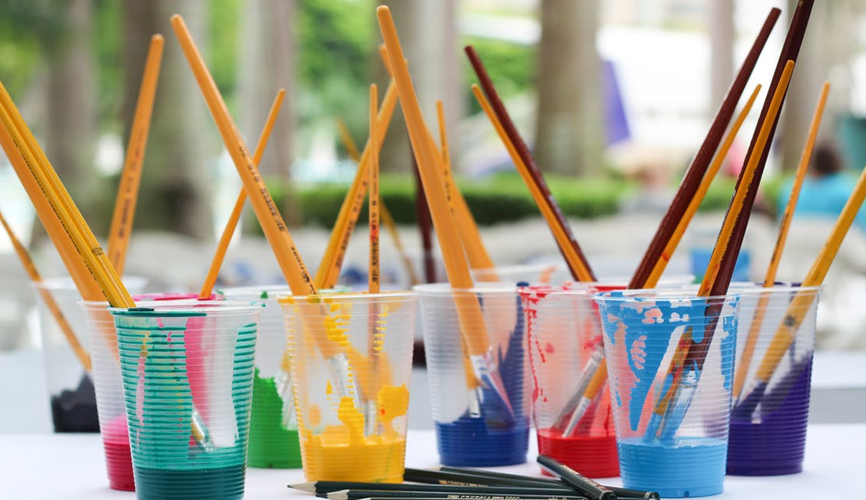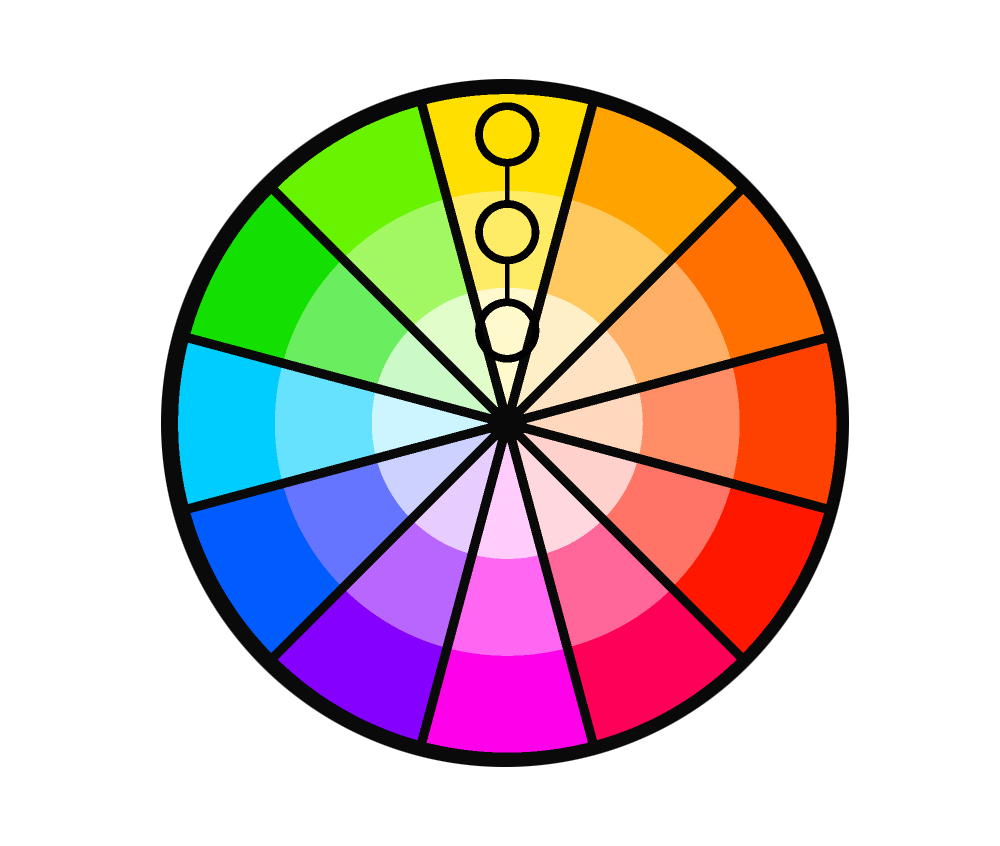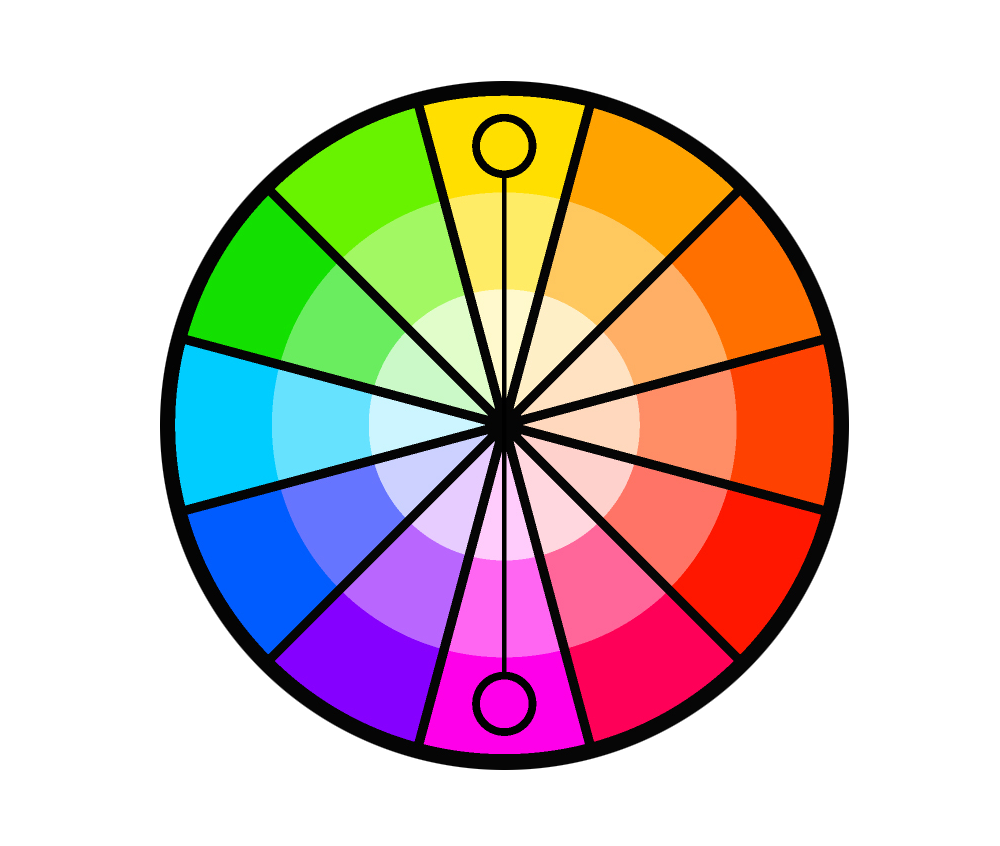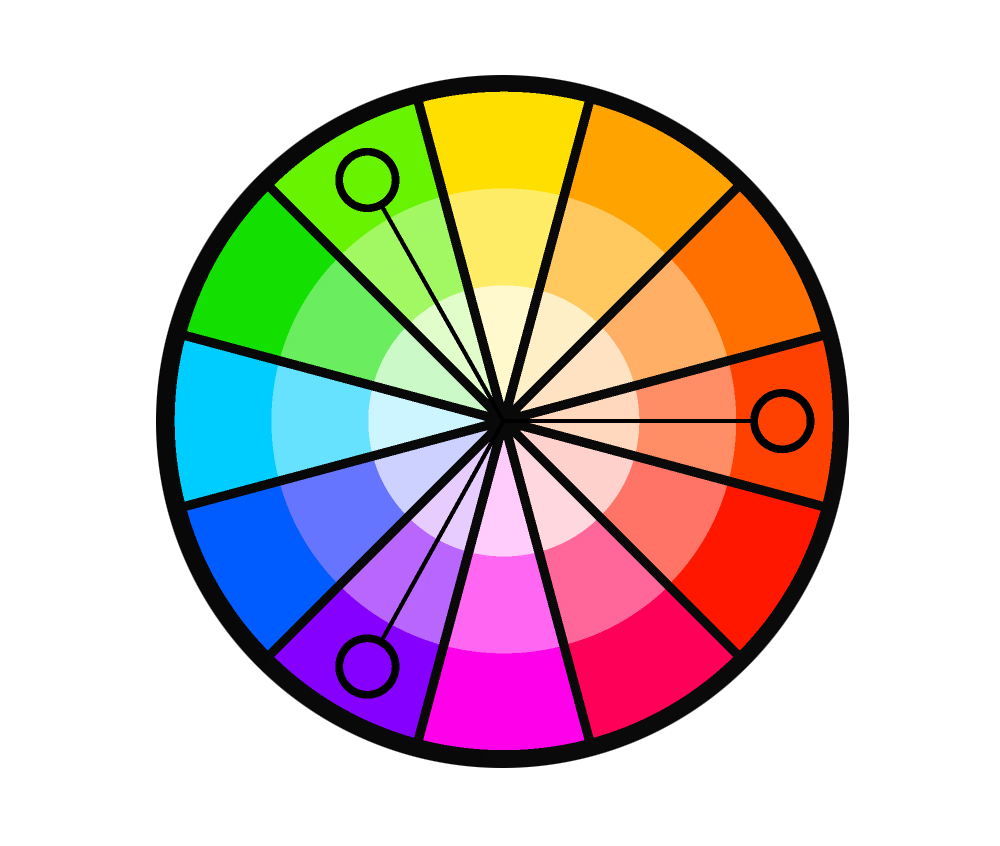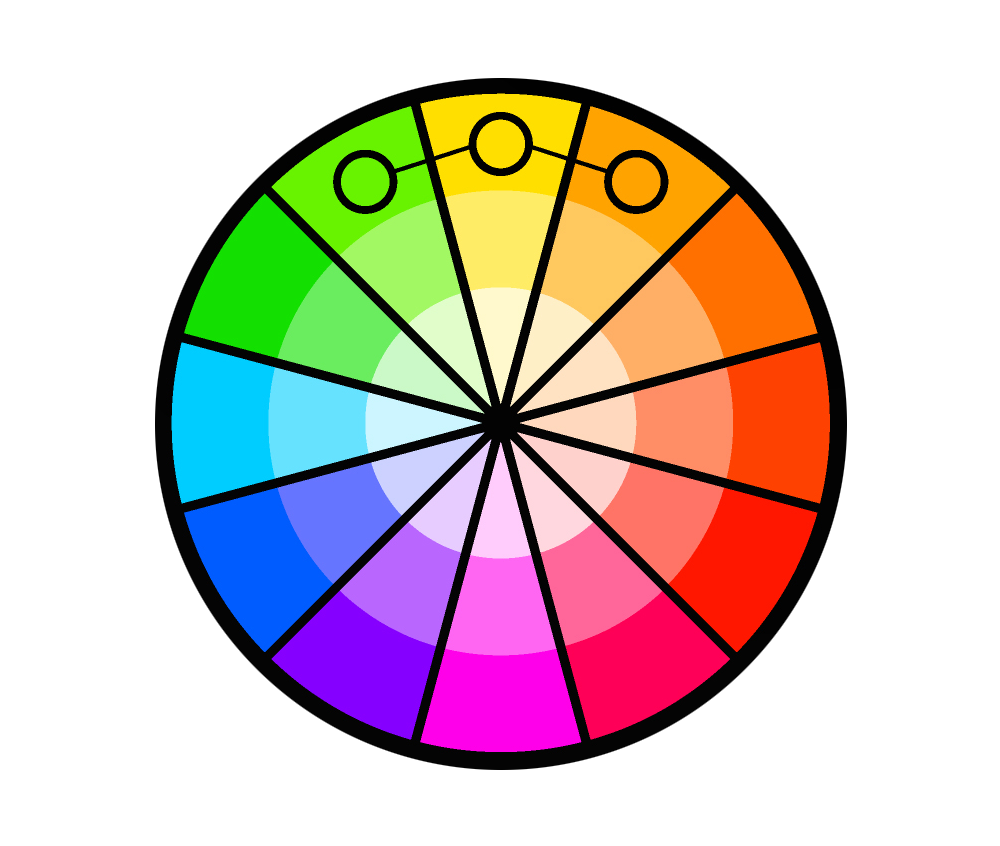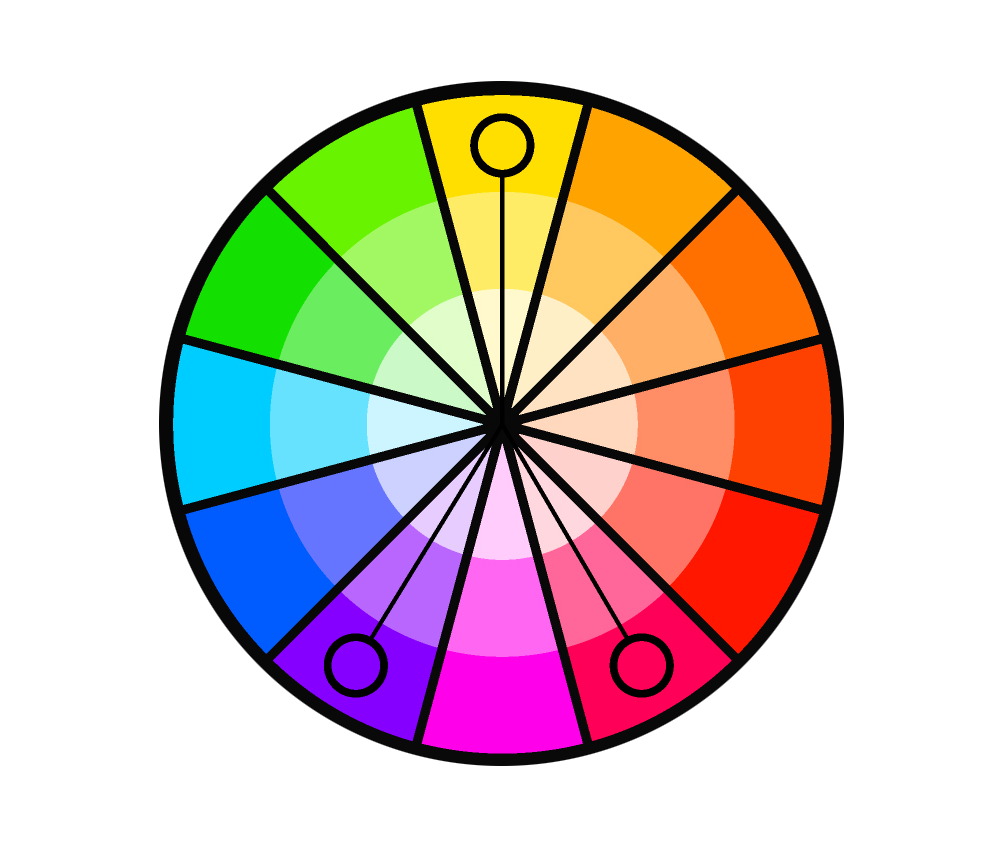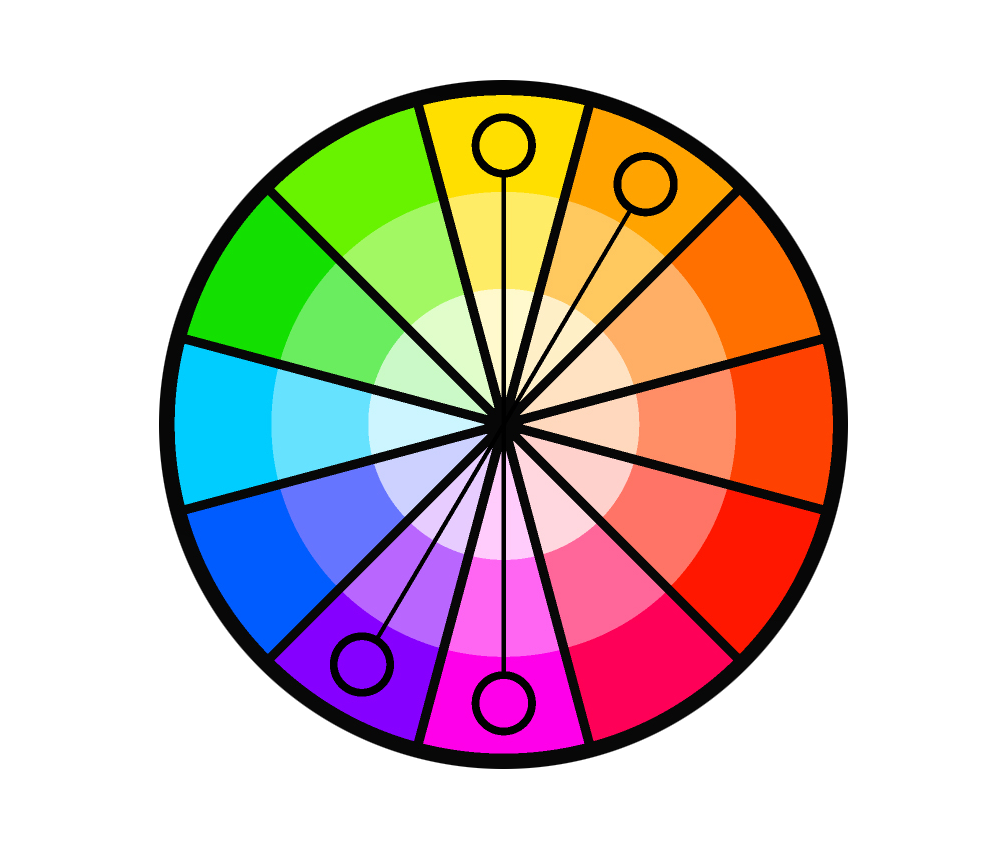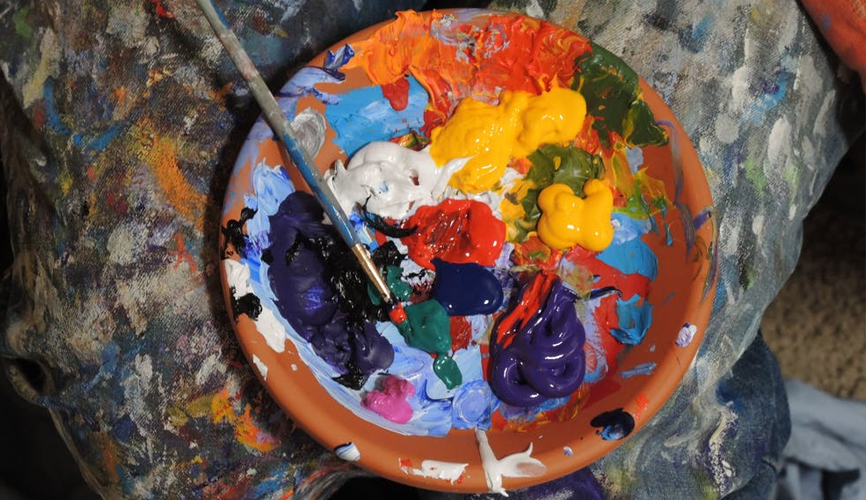When creating art, the colours you select are a crucial part of the process. Though we may not realise it, when it comes to colour selection there are no accidents. Despite seeming random there is a whole theory behind colour combinations. Colour theory is the practical guide to mixing and selecting colours. It is where science collides with art. Explaining how humans perceive colours and the messages that are communicated to the brain through these colour uses. It shows how different colours match, mix and even contrast.
As an artist, you may be wondering why you should care about colour theory? Surely art is about expression and does not have any rules? You are right art has no rules; however, the understanding of colour theory provides the perfect guidelines on how you can create art that is perceived in the way you desire. Colour theory sets the perfect foundation for impactful art.
This article will explain everything you need to know about colour theory so your art can reach its full potential.
Colour Theory Made Simple
In order to properly understand colour theory, there are a few terms we need to get familiar with. As an artist you are probably familiar with these terms already, but there is no harm going over them to aid our understanding of colour theory further.
- Hue – Hue simply refers to a colour or shade.
- Saturation – The intensity of a colour.
- Value – The degree of lightness and darkness.
- Shade – A hue produced by adding black.
- Tint – A hue produced by adding white.
- Tone – A hue produced by adding grey.
Why Is Colour Theory Important?
Wonder how you can utilise colour to benefit your art? Here are why colours are so crucial, and how they can be utilised to your advantage.
Set the mood
Colours can be used to tell a story and are the perfect way of setting the tone for your piece. Naturally, we associate colours with different emotions. Cool tones are dark, sad, gloomy, and mysterious. Whereas warm colours are bright, cheerful, and happy. Of course, this is a generalisation and is not always the case but is a good guideline to follow when selecting colours and the feelings you would like to convey in your artwork.
Draw attention
Colour is the perfect way to draw attention to a specific part of your artwork. If there is a detail, object or person that you want the audience to notice, the perfect way to achieve this is through your selection of colour.
Composition
If you want to draw attention to the foreground/background using a contrasting colour can allow you to achieve this. Colour helps to guide the line of vision and highlights important aspects you may want to be identified. With colour, you can direct the viewers gaze through your work.
Colour Schemes & Harmonies: Which Colours Go Together?
Colour combinations are vital. They can make or break your artwork. Here are a few colour combinations to answer the age-old question: Which colours go together?
Monochromatic
This is when you use only one colour in the entire image. Using a hue and adding white or grey to create a variety of different tones and shades. As they are created from the same colour, they naturally complement each other effortlessly. This is best used for single subjects as it forces you to concentrate on the detail of the artwork. It helps to bring attention to the story or message of your art as the viewer will not be distracted by an array of colours.
Complementary colours
Also known as contrasting or supplementary, complementary colours are the colours that are opposite of each other on the colour wheel. At full saturation, these colours create a vivid and bright effect. An example is red and green. This combination is very popular as it is naturally pleasing to the eyes. Please remember that in order for this combination to be effective it is recommended that you use one colour predominantly, generally the weaker colour. So if you select red and green, then your artwork should predominantly be made up of green for the best results.
Triadic scheme
This is the combination of three colours that are equally distant on the colour wheel. They create a contrasting effect that is not too harsh, but rather playful. However, this is considered to be quite a difficult combination to pull off as it is vibrant even in the most muted value. If you are going for a more surreal piece of art, or even a cartoon/animated look, this may be the perfect combination to choose.
Analogous scheme
This is when 2-4 colours next to each other on the wheel are used. This combination is easy on the eyes and creates an almost peaceful and comfortable mood. This is due to the fact it is common in nature. For example, blue skies and green trees. So, if you are creating art inspired by nature, this may be the most appropriate combination to use.
Split complementary
This combination is akin to complementary, but one end is extended. So, the base colour and the 2 colours adjacent to its complementary colour are used. This allows you greater creative freedom as you are not limited to two colours. This colour scheme also feels a lot livelier and more joyous.
Tetradic scheme
Tetradic, or sometimes referred to as double complementary, is a combination of 4 colours in 2 complementary pairs. So, you have 2 different pairs of opposites to utilise. Its preferred use is for foreground and background paintings. An effective way is to incorporate one pair in the foreground, and another pair in the background. And as recommended with complementary colours it is advised not to use each colour evenly (in this case don’t use 25% of each) as this will create a chaotic outcome. We recommend primarily utilising the weaker colours, with splashes of the brighter colours to add some much-needed contrast.
How To Create Your Own Colour Scheme Using Colour Theory
It can seem a bit intimidating to create your own colour scheme, however, it is actually a lot more straightforward than many people realise. The colour schemes above are a good place to start when trying to figure out what colours go together, but you don’t have to be limited to these set schemes in your own work.
Using colour theory as your reference you can create stunning colour schemes to compliment your work. Here are our go-to steps to follow when creating a colour scheme:
- Consider the context of your art
- Refer back to the colour wheel
- Focus on what colours go together
- Refer to the basics of colour theory
- Start with one colour and build from there
- Don’t let the program you use constrain you
- Practice makes perfect
Creating your perfect colour scheme comes with time. We recommend learning the basics and jumping straight to it. The best way to learn and master colour schemes is definitely through trial and error. So, take your time, be patient with yourself, and get creative.
Create Masterpieces With Colour Theory
Now you are an expert on all things colour theory, it is time to incorporate your newfound knowledge into your artwork. At Contrado you can upload your artwork and create beautiful handmade products to display your show-stopping pieces of art. From beautiful canvas’ to leather bags, your unique art can be displayed for all to see. The ultimate way to bring your art to life.
Why not share your creations and sell your art at Contrado? With the basis of colour theory behind you, there is no limit to the wonderful pieces you can create.

